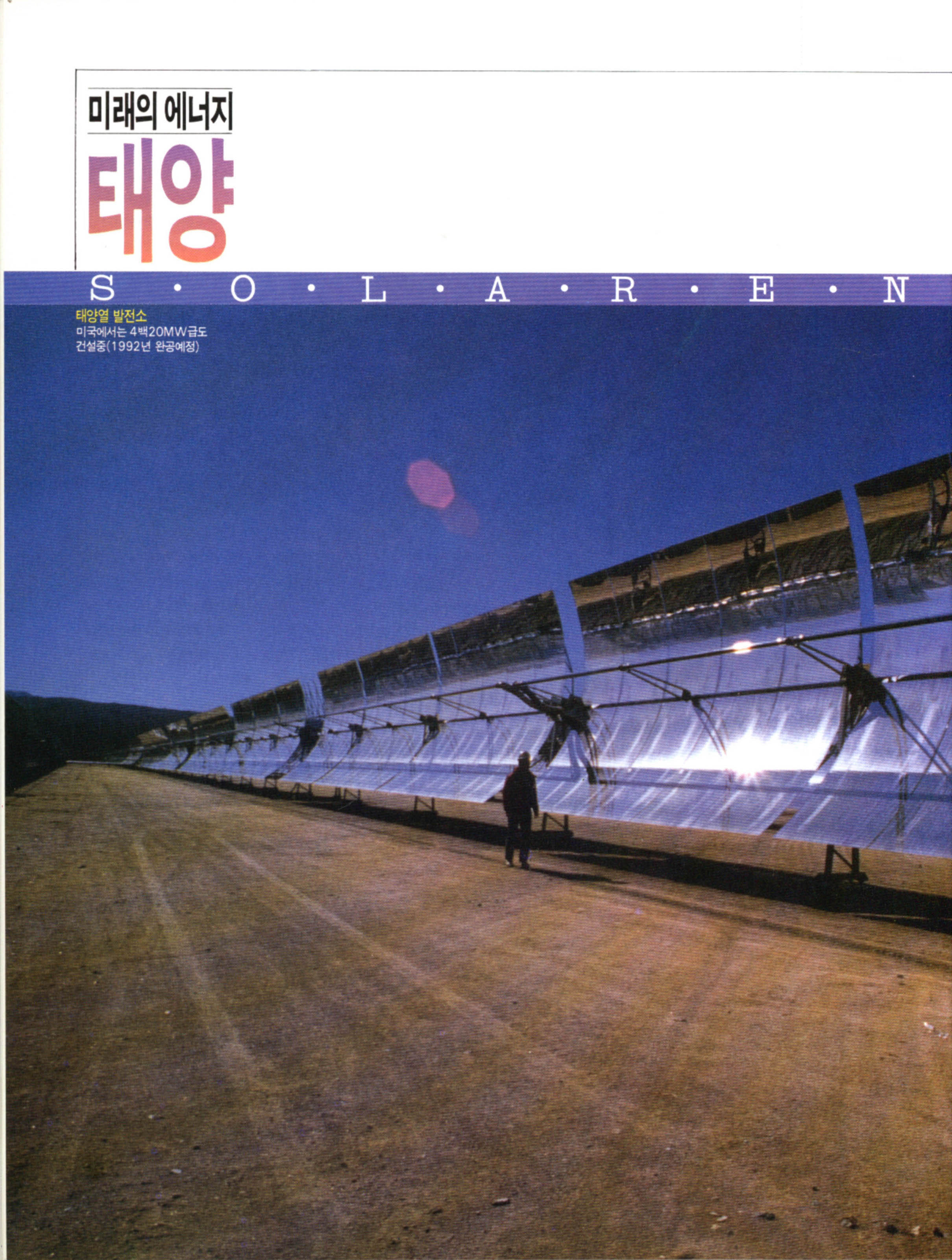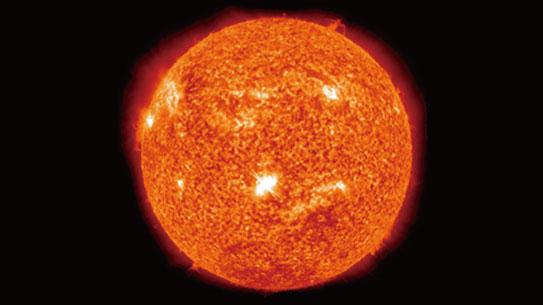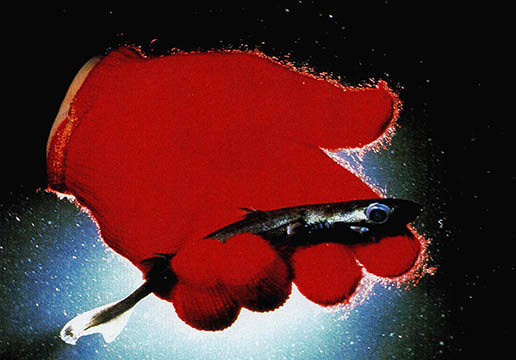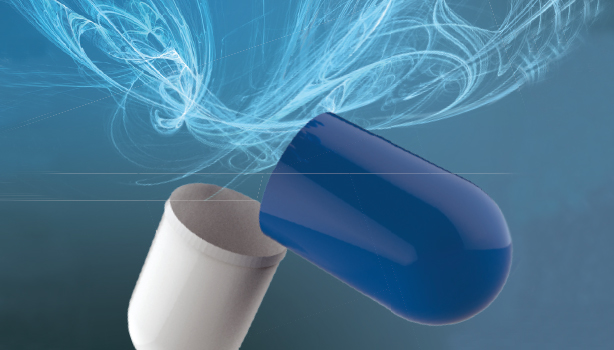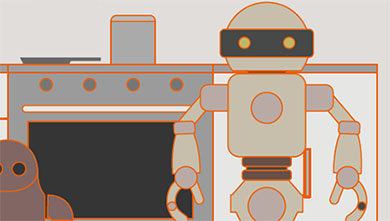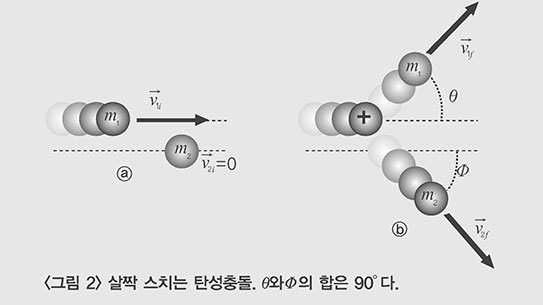다이아몬드는 정수의 보석이다. 아름답고 찬란하며 드물고 비싸다. 그러나 이제 우리는 다이아몬드를 흔하며 값싸고 또 매우 매우 유용하게 할 수 있는 문턱에 서 있는 것같다.
다이아몬드는 순수한 탄소이며 탄소는 가장 값싼 자연물질 중의 하나이다. 예를 들면, 석탄도 탄소이며 우리가 연필에 사용하고 있는 흑연도 마찬가지이다.
그러나 석탄과 다이아몬드가 모두 탄소라면, 이것들을 그토록 다르게 만드는 것은 무엇인가?
그것은 전적으로 탄소원자가 배열되는 방식의 문제이다. 다이아몬드를 제외한 모든 탄소구성물에서는 탄소원자들이 느슨하게 배열된다. 그러나 다이아몬드의 경우, 탄소원자들은 아주 빽빽하게 배열된다. 다이아몬드 내의 모든 탄소원자들은 4개의 다른 탄소원자들에 의해 단단하게 둘러싸여 있다.
탄소원자들은 매우 작고 또 단단하게 배열될 때 서로를 견고하게 묶으므로 다이아몬드는 알려져 있는 물질중 가장 강도가 센 물질이다.
비결은 물론, 탄소원자들을 그렇게 단단하고 빽빽하게 배열되게 하는 것이다. 그것을 하려면, 탄소원자들이 다소 자유롭게 돌아다닐 수 있도록 보통의 탄소를 아주 높은 온도까지 가열시켜야만 한다. 그리고 난 다음 원자들을 서로 함께 단단하게 압착(壓着)시키기 위해 이 뜨거운 탄소를 초고압 하에 두어야 한다. 이 고온, 고압의 결합을 얻기란 극히 어렵다. 그래서 1955년에 와서야 비로소 제네랄 일렉트릭사의 고학자들이 보통의 탄소를 작은 다이아몬드로 변환시킬 수 있었던 것이다.
그러나 저온·저압의 상태에서 다이아몬드를 만들 어떤 방법이 있을까? 사람들은 없다고 생각하겠지만, 소련의 화학자들은 몇년에 걸쳐 색다르고 매우 독창적인 기법으로 실험을 해 왔다.
그 비결은 탄소원자 하나를 함유하는 어떤 가스를 만들어, 그것들이 몇가지 다른 물질위에 층을 이루도록 하는 것이다. 예를 들어 아주 흔한 메탄가스로도 시작할 수 있다. 각각의 메탄분자는 4개의 수소원자에 붙어 있는 하나의 탄소원자를 포함하고 있다.
만약 이 메탈이 충분히 가열되면, 분자는 탄소원자와 수소원자의 혼합물로 깨어지게 된다. 그런 후, 이 증기를 얘를 들어 한 장의 유리위로 지나가게 하면, 자유로운 탄소원자들(다른 원자들과 묶이려는 강한 경향을 지니고 있다)은 유리표면 위의 원자들에 가서 붙을 것이다. 원자 단하나의 두께가 될, 보이지 않는 탄소층이 유리 위에 생기게 된다.
그러나 만일 가열된 메탄증기가 계속해서 유리를 감싸면, 부가된 탄소원자들이 이미 존재하고 있는 탄소원자에 붙음으로써 원자 몇 개의 두께를 지닌 층을 형성한다. 수년의 실험 후, 소련 화학자들은 두꺼운 층 안의 탄소원자들이 치밀한 다이아몬드 배열을 취하고 있음을 발견하고 기뻐하였다.(그리고 아마도 조금은 놀랐을 것이다)
바꾸어 말하면, 유리는 단순히 탄소로 입혀진 것이 아니라 얇은 다이아몬드 막으로 입혀졌던 것이다. 게다가 탄소를 함유하는 증기를 얻는데 필요한 것은 고온뿐이었다. 고압은 필요하지 않았다.
얇은 다이아몬드 막으로 입혀진 안경이나 선글래스를 상상해 보라. 이 얇은 막은 완전히 투명하여 알아보지도 못하겠지만, 유리의 표면은 다이아몬드 표면의 특성을 가지고 있을 것이다. 그것은 결코 긁히지 않는다(다른 다이아몬드에 의한 것을 제외하면).
이 공정이 아주 손쉽고 일상적으로 된다면 모든 고급 유리는 다이아몬드 필름 즉 '다이아몬드화'한 것으로 만들어 지리라고 상상하는 것은 충분히 가능한 일이다. 이런 다이아몬드화한 유리는 거의 보통 유리처럼 값싸며 긁히거나 닳지 않을 것이다.
더구나 이 얇은 다이아몬드 막은 유리 이외의 표면에서도 형성될 수 있다. 다이아몬드화된 칼과 면도날은 통상적으로 사용한다면 결코 무뎌지지 않을 것이다. 다이아몬드화한 베어링과 공구는 거의 영구적으로 쓰일 것이다. 그리고 다이아몬드는 방수성이고 또 화학약품에 의해 실질적으로 손상되지 않기 때문에, 다이아몬드화한 재료들은 녹슬지도 부식되지도 않을 것이다.
다이아몬드는 또한 전기적인 절연체이자 훌륭한 열 전도체이다. 이것은 전자장치를 효과적으로 다이아몬드화할 수 있음을 의미한다. 전자장비는 떠도는 전기장의 영향을 덜 받을 것이며, 또 뜨거워지지도 않을 것이다.
다이아몬드는 또 약간의 붕소나 인을 적당히 첨가함으로써 반도체로 만들어 질 수 있다. 이런 반도체는 방사선에 강할 것이고, 자외선을 통과시킨다. 그리고 이것의 전자는 다른 반도체의 전자보다 훨씬 빨리 움질일 것이다. 적당히 다이아몬드화 시킴으로써 컴퓨터기술에 거대한 발전이 이루어질 수 있다.
더욱 놀라운 얘기가 소련에서 나오고 있는데(소련은 이방면 기술에서 아직도 세계를 선도한다 ) 그것은 다이아몬드필름을 만드는 새로운 방법들이다.
이 방법들은 보통 다이아몬드보다 더욱 강한 필름이 될 것 같은 탄소원자의 난 배열을 이루는 방법인 것이다. 그들은 이 왜곡된 배열이 어떤 것인지 또는 그것이 왜 다이아몬드를 훨씬 단단하게 하는지를 확실히 모른다. 하지만 만약 이 첫 보고서가 확증된다면 우리는 다이아몬드 만드는 기술이 앞으로 얼마나 더 진전될 수 있을지 추측할 수 있다.
Diamonds are the quintessential gems:beautiful, sparkling, rare and expensive. Yet we seem to be on the threshold of making diamonds common, cheap and very, very useful.
Diamond is pure carbon and carbon is one of the cheapest substances there is. Coal is carbon, for instance, and so is the graphite we use in pincils.
But if coal and diamond are both carbon, what makes them so different?
It is entirely a question of how the carbon atoms are arranged. In every form of carbon except the diamond, the carbon atoms are arranged loosely.
In diamond, however, the carbon atoms are arranged very compactly. Every carbon atom in diamond is tightly surrounded by four other carbon atoms.
Carbon atoms are so small and, when tightly arranged, hold together so firmly that diamond is the hardest substance known.
The trick is, of course, to force the carbon atoms into that tight and compact arrangement. To do it, you have to heat ordinary carbon to a very high temperature so that the carbon atoms can move about more or less freely, and then put the hot carbon under huge pressure in order to squeeze the atoms together tightly. The combination of high temperature and high pressure is hard to attain and it wasn't until 1955 that scientists at General Electric were able to convert ordinary carbon into small diamonds.
Is there any way, however, of producing diamonds at low temperatures and pressures? One would suspect there isn't but Soviet chemists have been experimenting for years with a novel and very imaginative technique.
The tricks is to produce a gas that contains single carbon atoms and allow these to layer themselves on to some other substance. For instance, you can begin with methane, a very common gas. Each molecule of methane contains a carbon atom attached to four hydrogen atoms.
If the methane is heated enough, the molecule is broken up into a mixture of carbon atoms and hydrogen atoms, If the vapor is then passed over a sheet of glass, for instance, the loose carbon atoms (which have a strong tendency to hook on to other atoms) will attach themselves to the atoms on the glass surface. There will be an invisible layer of carbon on the glass that would be only one atom thick.
If, however, the heated methane vapor continues to bathe the glass, additional carbon atoms attach themselves to the carbon atoms already present to form a layer several atoms thick. After years of experimentation, the Soviet chemists were gratified (and perhaps a little surprised) to find that the carbon atoms in the thicker layers took on the compact diamond arrangement.
In other words, the glass was not merely coated with carbon, it was coated with a diamond film. And only high temperature was needed to obtain the carbon-containing vapor. No high pressures were necessary.
Imagine spectacles, or sun-glasses, with a diamond film. The film would be perfectly transparent and unnoticeable, but the surface of the glass would have the properties of the surface of a diamond. It couldn't be scratched (except by another diamond).
If the process is made sufficiently fool-proof and routine, it is perfectly conceivable to imagine that all quality glass would be made with diamond film - "diamondized." Such diamondized glass, almost as cheap as ordinary glass, would be immune to scratching and scuffing.
What's more, diamond films could be formed on surfaces other than glass. Diamondized knives and razor blades would never lose their sharpness under ordinary use. Diamondized bearings and machine tools would last just about forever. And since diamond is waterproof and virtually untouched by chemicals, diamondized materials would be immune to rust and corrosion.
Diamond also is an electrical insulator and an excellent conductor of heat. This means that electronic devices can be diamondized would in this way be less affected by stray electric fields and would not accumulate heat.
Diamond can also be made into semiconductors by the proper addition of traces of boron or phosphorus. Such semiconductors would be resistant to radiation, transparent to ultraviolet light, and its electrons would move about much faster than those of other semiconductors. It is possible that by proper diamondizing, enormous advances can be made in computer technology.
More surprising still is the word coming out of the Soviet Union (which still leads the world in the technique) that new ways of making diamond films produce some sort of distorted arrangement of the carbon atoms that seems to make a film that is even harder than ordinary diamond. They are not sure what the distortion is or why it should make diamond even harder, but if the initial reports are borne out, we can only guess at what more diamondizing might do.
(c) 1988, Los Angeles Times Syndicate
이 기사의 내용이 궁금하신가요?
기사 전문을 보시려면500(500원)이 필요합니다.
1988년 09월 과학동아 정보
🎓️ 진로 추천
- 화학·화학공학
- 신소재·재료공학
- 물리학







